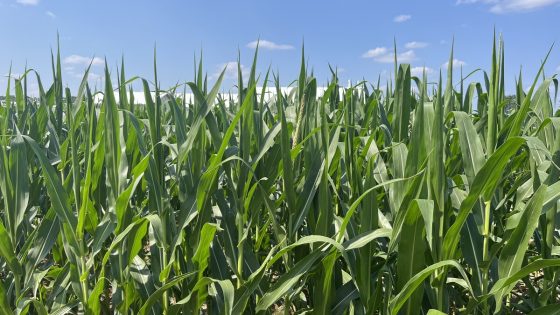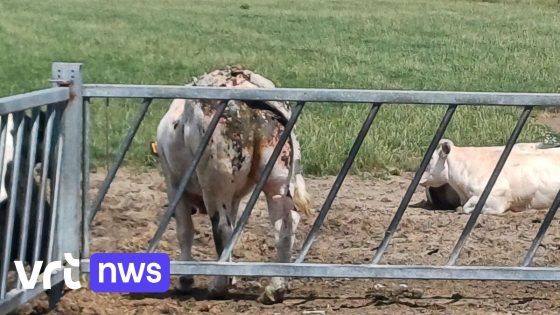The corn fields across the Midwest are not just vital for food production; they also contribute to rising temperatures. As we approach the heat wave expected on 2025-07-22 02:58:00, the phenomenon known as “corn sweat” is set to make things feel even hotter.
- Corn fields contribute to increased humidity.
- Evapotranspiration makes temperatures feel hotter.
- Corn sweat can enhance summer thunderstorms.
- Microclimates create temperature differences nearby.
- Michigan's agricultural diversity mitigates heat effects.
- Heat index expected to exceed upper 90s.
Corn plants release water vapor through a process called evapotranspiration, increasing humidity and making the air feel up to 15 degrees warmer. According to Michigan State University professor Bruno Basso, this effect creates a microclimate that can lead to more intense summer thunderstorms.
This raises an important question: how does agricultural diversity affect local climates? While corn sweat can intensify heat, Michigan’s varied agriculture helps mitigate these effects compared to states like Iowa or Illinois. Consider these points:
- Corn evapotranspiration can create a “steam room” effect.
- Microclimates can vary drastically over short distances.
- Increased humidity may lead to more thunderstorms.
































